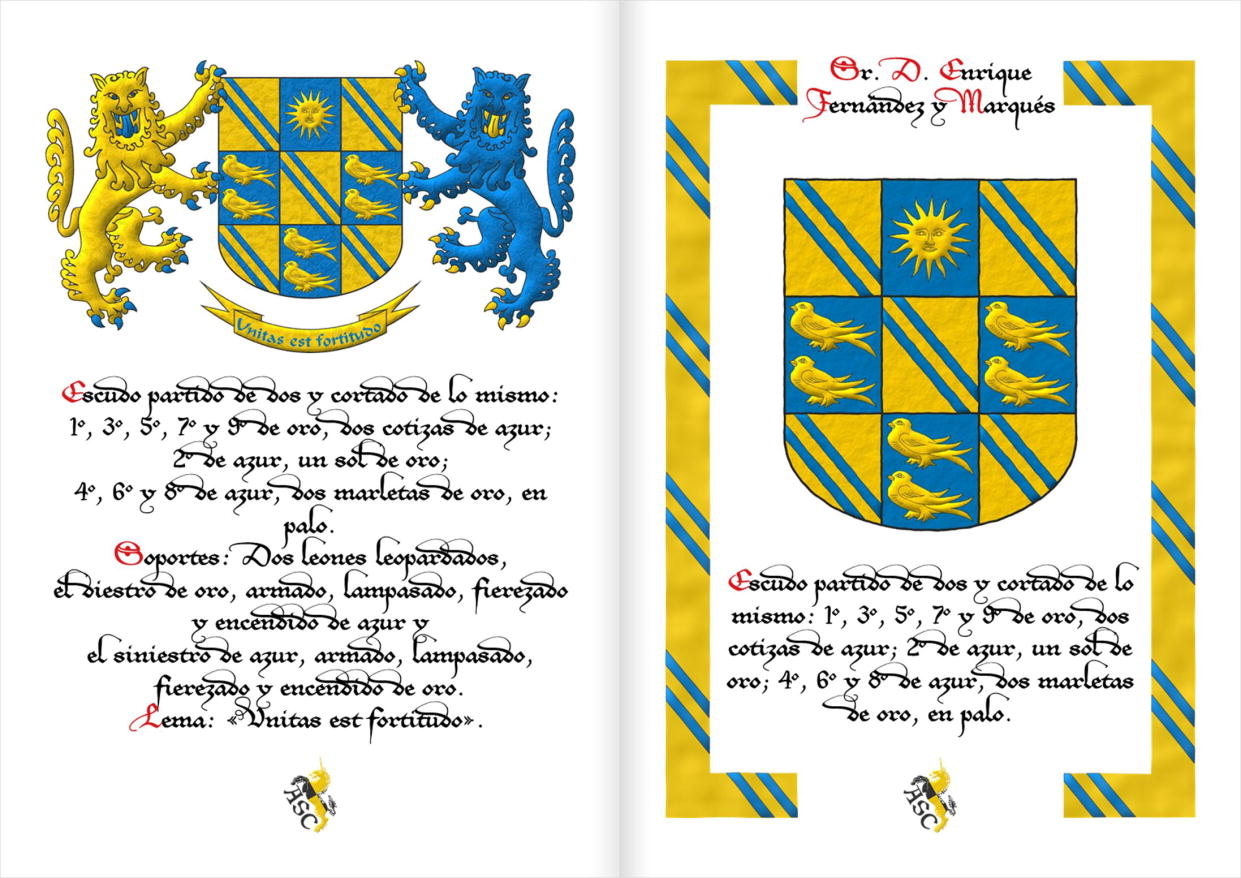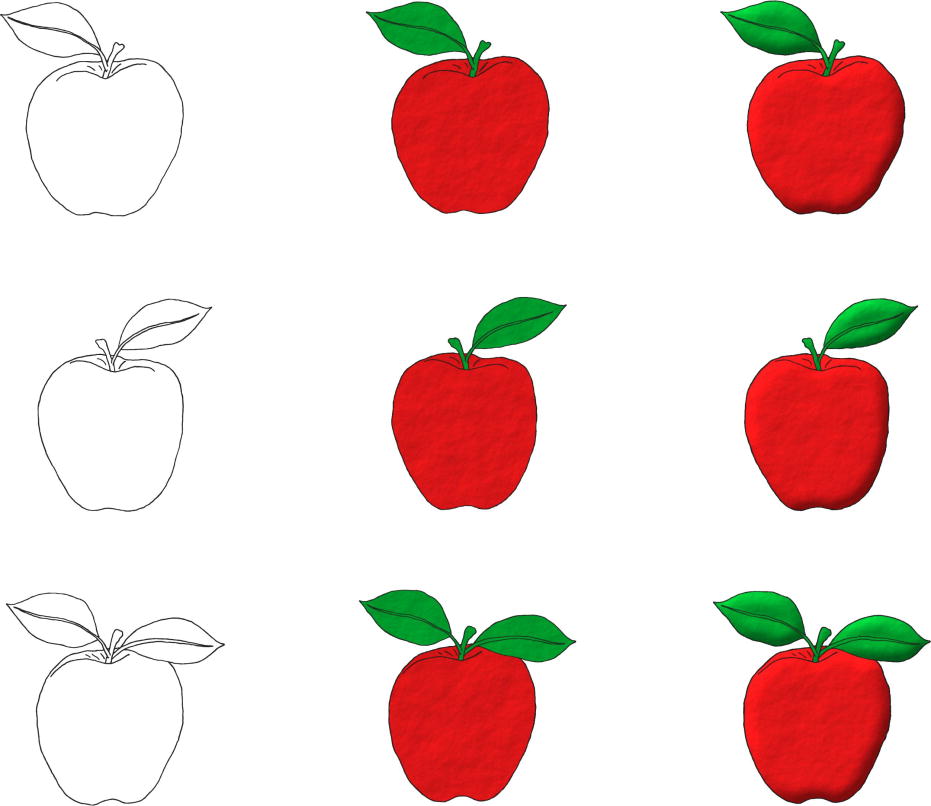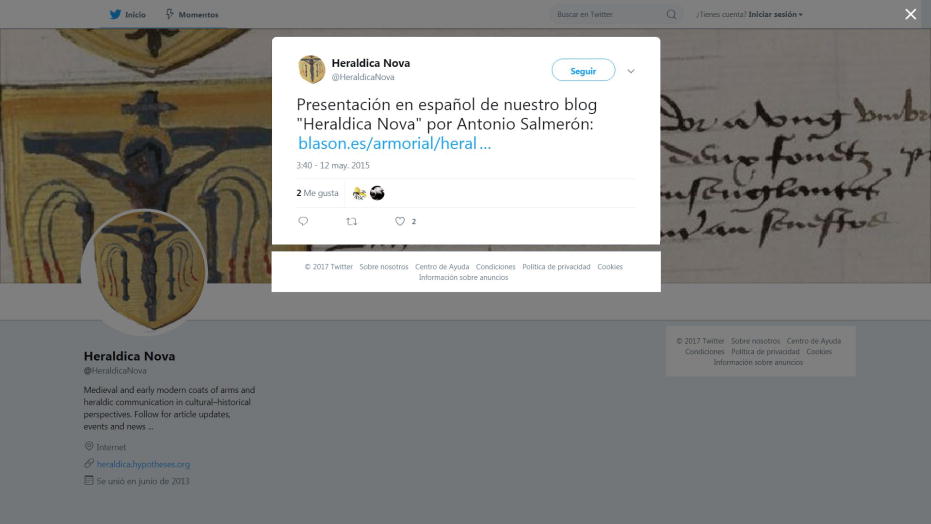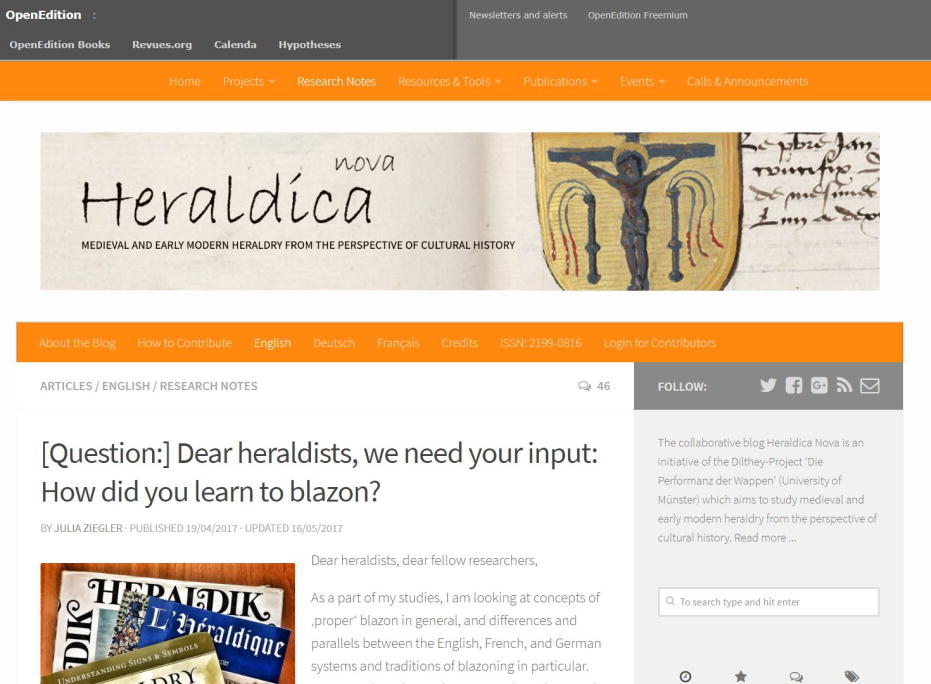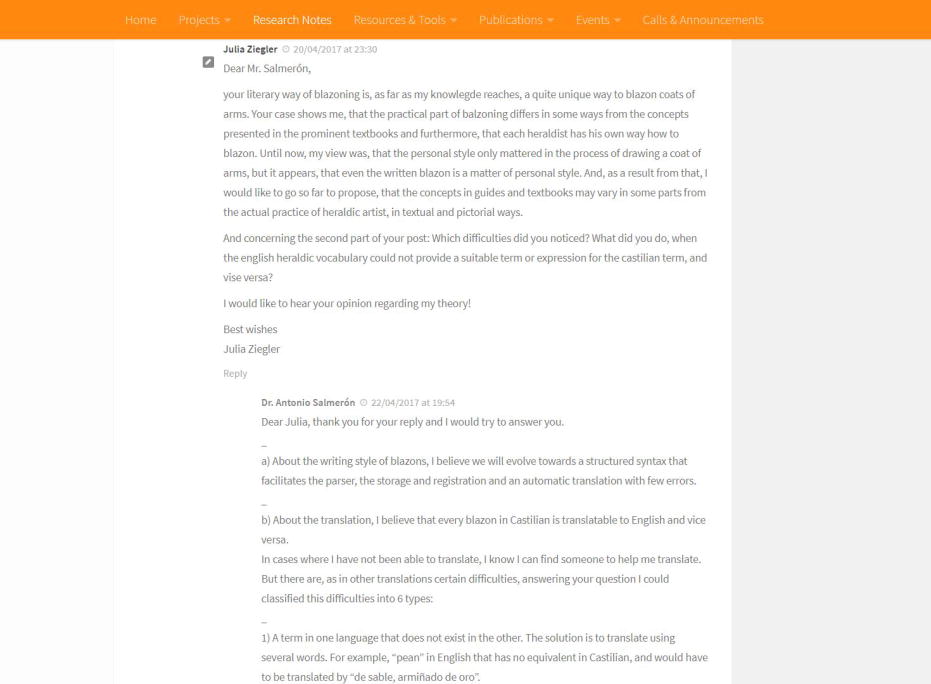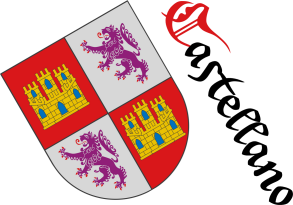
![Ver [Kevin MacLeod] en enlaces recomendados. Áncora de oro y la divisa enlace.](../css/Ancora.Enlace.png)
Kevin MacLeod
Kevin MacLeod provides on his website incompetech.com music licensed under a Creative Commons Attribution license, version 3.0, (CreativeCommons.org/licenses/by/3.0/).
Kevin states that there are several reasons why he offers this type of free license, for example, because the cost of sharing his music is not high and the benefits are many, and because there are music schools without funds, filmmakers who need soundtracks for their films but cannot afford them. In response to this, Kevin believes that traditional copyright is ineffective and that is why he chose a license like «Creative Commons». He believes that if creative works are protected so rigidly that they become impossible to share and his art cannot be experienced by people, then it serves no purpose in society.
The following video shows an example of a soundtrack, with music by Kevin MacLeod, for a video about a coat of arms.
Category: Link.


![Ver [Jué jù] en enlaces recomendados. Áncora de oro y la divisa enlace.](../css/Ancora.Enlace.png)
Jué jù
Jueju.es is my project to translate Jué jù poems from the Táng dynasty (from the 7th to the 10th century) and is aimed at learning the Chinese language. To this end, the translations of the poems, with meter but without rhyme, seek an isomorphism between the original poem in Chinese and its translation into Spanish.
This isomorphism allows us to associate, through a color scheme, each Chinese character and its pronunciation with 1 or 2 words in Spanish, which allows you to learn the Chinese language through its classic poets: Wáng Wéi, Li Bái, Dù Fu, Mèng Hàorán, Xi Birén, Yú Shìnán, Li Duan, Li Pín, Li Shangyin, Liú Chángqing, Wáng Zhihuàn, Zhang Hù, Zhang Jiulíng, etc.
Also, in jueju.es The poems are accompanied by vocabulary tables in simplified Chinese, traditional Chinese, pinyin pronunciation and translation into English and Spanish, drawings with pictograms and ideograms, derivation diagrams for compound characters, tonal schemes to help with the intonation of accents, explanatory texts and my own illustrations of the poems in ink and watercolor.
Below are, in PDF format, 2 pages of my translation of the poem «The Song of Geshu» by the poet Xi Birén dedicated to General Geshu Han, both of the Tang dynasty. I have selected this poem, from among the dozens that make up the project jueju.es, because it is especially heroic with its 7 stars, the night, the knife and the horses.


![Ver [Marianne Steinbauer] en enlaces recomendados. Áncora de oro y la divisa enlace.](../css/Ancora.Enlace.png)
Marianne Steinbauer
Dr. Marianne Steinbauer provides, under a conventional license, at Pia-Frauss.de exceptionally beautiful typefaces. Typefaces with such suggestive names as «MalaTesta», «MitreSquare», «SonOfTime», «Tycho'sElegy», «DeiGratia», «EtBoemieRex», «FranciscoLucas», «JaneAusten», «Love'sLabour», «Tagettes», «Tycho'sRecipe», «WirWenzlaw», «XalTerion», «Xenippa», «XiBeronne», «Xiparos» o «Xirwena».
Example of EtBoemieRex use by Dr. Marianne Steinbauer.
Personally authorized
Dr. Marianne Steinbauer has personally authorized me to use them, for which I sincerely thank her. As shown in the previous image of a heraldic catalogue where the font called «EtBoemieRex» is used.
Category: Link.


![Ver [Heraldic blog of David B. Appleton] en enlaces recomendados. Áncora de oro y la divisa enlace.](../css/Ancora.Enlace.png)
Heraldic blog of David B. Appleton
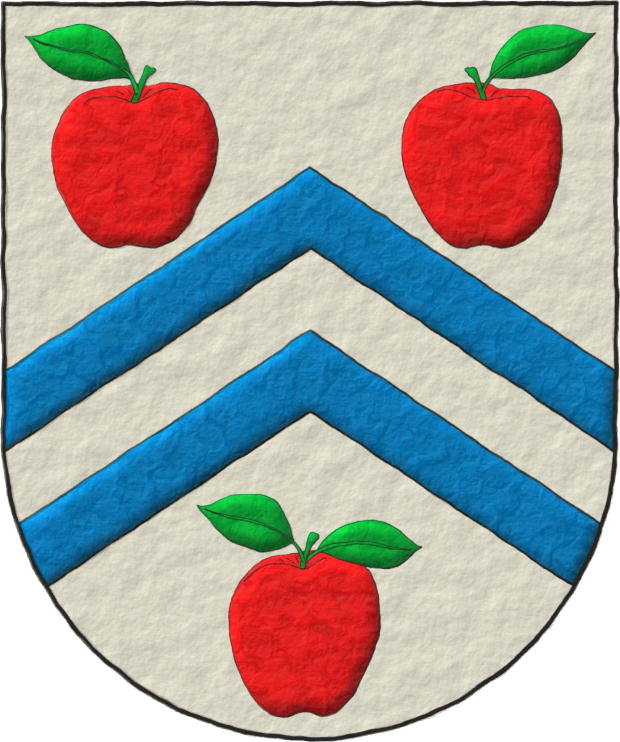
Appleton Studios
David B. Appleton studies, researches, teaches, and writes about heraldry, and through his blog, he shares his heraldic knowledge with us, as well as through publications and presentations.
David B. Appleton is open to questions from his readers and provides advice on heraldic topics in which he specializes.
His blog is Blog.AppletonStudios.com and his website is AppletonStudios.com, from which he offers his services related to the world of heraldry, its dissemination, and knowledge.
Since 2009, David B. Appleton's heraldic blog has been an endless source of knowledge, images, ideas, curiosities, original reflections, and links to heraldic sites selected by him.
Heraldry: Musing on an esoteric topic
David B. Appleton stands out for his continuous analysis of all types of heraldic manifestations, which he finds everywhere, in the world we live in: from those we have inherited from ancient times to the fiercely current, from books to cinema, from fashionable clothing to urban furniture, from east to west and north to south, including those that appear in logos and emblems, those using traditional techniques and those created or disseminated through new technologies, on ships, sports cars, and airplanes, on porcelain, facades, and stained glass, on television, on t-shirts and coins, in auctions and universities, in comics and sports, etc. with a systematic publication rhythm, more than 2 posts per week, nothing heraldic escapes the record and genuine analysis of David B. Appleton on Blog.AppletonStudios.com, which I highly recommend.
Categories: Link, Interpreted, Personal, Coat of arms, Without divisions, Freehand, Soft metal, Illuminated, Outlined in sable, Canting, Heraldry and heralds, Argent, Azure, Gules, Vert, Chevronel, Between, Apple, Slipped and Leaved.
External resources:
- Interpretation of his coat of arms.
- Interpretation by Xavier García at Appleton Studios.
- Interpretation by Xavier García at Dibujo Heráldico with his blazon in English and Spanish.
Root: Appleton, David B..


Appleton, David B.
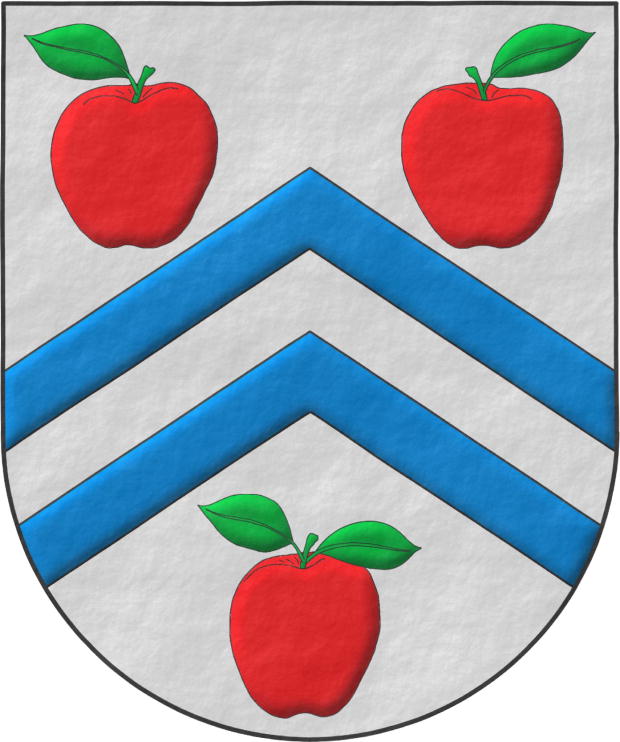
Canting arms, apple ~ appleton.
Argent, two chevronels Azure between three apples Gules, slipped and leaved Vert.
Escudo de plata, dos tenazas de azur acompañadas de tres manzanas de gules, talladas y hojadas de sinople.
Coat of arms interpreted by me with: a round-bottomed shield shape; the field in flat tincture metal Argent; the figures outlined in Sable and illuminated in Azure, Gules, and Vert; and all with a rough finish.
A summary of the heraldic blog of David B. Appleton can be found among my recommended links on the heraldic universe.
Blazon keywords: Without divisions, Argent, Azure, Gules, Vert, Chevronel, Between, Apple, Slipped and Leaved.
Style keywords: Rough, Illuminated and Outlined in sable.
Classification: Interpreted, Personal, Coat of arms, Canting and Heraldry and heralds.
Bearer: Appleton, David B..


David B. Appleton, slipped and leaved
Slipped and leaved
The terms slipped and leaved, which are applied here to the apples, can be found in [Avilés, J.; 1780a; page 321 and figure 138] when describing the coat of arms of the «Kingdom of Granada in Spain», which states «Argent, a pomegranate proper, showing its seeds Gules, supported, slipped, and leaved with two leaves Vert».
slipped and leaved, being in the blazon of Granada, are also in the blazon of the coat of arms of Spain and its kings. We read this in [Avilés, J.; 1780b; page 321 and figure 138] where he writes «...Quarterly with a point Argent, a pomegranate proper, showing its seeds Gules, stemmed, and leaved with two leaves Vert, which is of Granada».
Blazon keywords: Apple, Slipped and Leaved.
Bearer: Appleton, David B..


![Ver [Heraldica Nova] en enlaces recomendados. Áncora de oro y la divisa enlace.](../css/Ancora.Enlace.png)
Heraldica Nova
The collaborative blog Heraldica Nova was founded in 2013 by Torsten Hiltmann as part of the Dilthey Project «The Performance of Coats of Arms», funded by the Volkswagen Foundation and the Fritz Thyssen Foundation through their initiative «Focus on the Humanities».
Based at the University of Münster, the blog aims to study heraldry from the perspective of cultural history.
Starting point
By the late Middle Ages, coats of arms were everywhere: carved in stone or wood, depicted on textiles or stained glass, and displayed in both public and private spaces.
Coats of arms, which began as arbitrary symbols adopted by knights in the 12th century, evolved into a complex and powerful system of symbolic representation used by men and women from various social classes, as well as by states, kingdoms, regions, institutions, groups, and more, transcending their initial role as mere symbols of identity.
An underused resource
Despite their historical significance, the creators of this blog argue that academic history and historians have not fully utilized the rich potential of heraldic sources to provide insights into families, lineages, relationships, identities, authorities, and hierarchies, nor to explore modes of symbolic and visual representation and communication. This lack of exploration applies to historical periods from the Middle Ages onwards.
Objectives of the blog
Therefore, the primary goal of Heraldica Nova is to highlight the potential of heraldic sources for modern historical science and encourage their use. To achieve this, the blog serves as:
- A platform for sharing and discussing ideas, hypotheses, and observations among historians and heraldists, each contributing their respective perspectives.
- A resource hub, providing links, databases, information, images, tools, and more. For example, within this area, their list of digitized armorials is particularly noteworthy, including highlights such as: [Urfe; Century XV], [Ingeram, H.; 1459], and the roll of arms of [Edward IV of England; 1461].
Categories: Link and Heraldry and heralds.
External resources:


Ownership of blazons and coats of arms
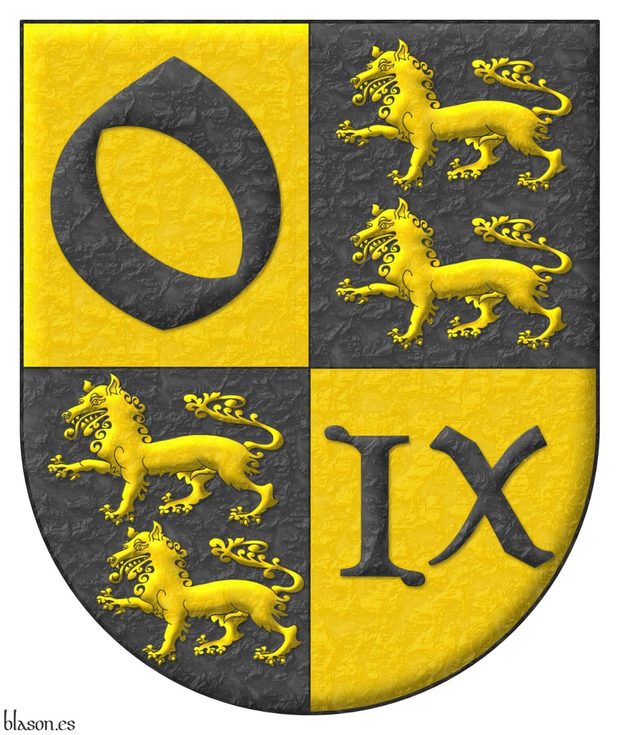
Ownership
Blazons, coats of arms or other heraldic objects shown on Blason.es, or any of its associated heraldry domains, belong to their respective owners, which are always identified on this site together with theses blazons or coat of arms or other heraldic objects. But the copyright and the intellectual property of the creation and/or the artistic rendering of these blazons, coats of arms and other heraldic objects belong to me for being the heraldic artist the specific terms of which may be agreed upon with the person who requested them.
Authorization
Only theses owner or their legal heirs could give you their authorization regarding the copy, use, reproduction, transformation, etc. of these blazons, coats of arms, or heraldic objects.

Continue with: Salmerón Cabañas, A.; 2014b.
-
Language
-
Categories of heraldry
-
Divisions of the field
- Without divisions
- Party per pale
- Party per fess
- Party per bend
- Party per bend sinister
- Tierce
- Tierce sinister
- Tierced per pale
- Tierced per fess
- Tierced per bend
- Tierced pallwise inverted
- Quarterly
- Quarterly per saltire
- Gyronny
- Party per fess, the chief per pale
- Party per pale, the sinister per fess
- Party per fess, the base per pale
- Party per pale, the dexter per fess
- Chapé
- Chaussé
- Embrassé
- Contre-embrassé
- Party per chevron
- Enté
- Enté en point
- Flanched
-
Metals
-
Colours
-
Furs
-
Other tinctures
-
Ordinaries and sub-ordinaries
-
Diminutives of the ordinaries
-
Geometric charges
-
Composite ordinaries
-
Inanimate charges from Nature
Atom, Crescent, Diamond, Emerald, Estoile, Increscent, Lightning flash, Moon, Mount, Mullet, Mullet of four points, Orbital, Plough of Ursa Major, Rainbow, Ray of the sun, River, Sea, Snowflake, Sun, Sun in splendour, Sun of May, Trimount and Water.
-
Vegetal charges from Nature
Acorn, Apple, Apple tree, Ash, Bluebonnet, Camellia, Chrysanthemum, Cinquefoil, Cornflower, Dogwood flower, Double rose, Elm, Fleur de lis, Flower, Gourd, Holm oak, Hop cone, Kapok tree, Laurel, Lily, Linden, Lotus flower, Madonna lily, Oak, Olive tree, Palm tree, Pomegranate, Poplar leaf, Rose, Shamrock, Sunflower, Thistle, Tree, Tulip, Vine and Wheat.
-
Animal charges from Nature
Badger, Bald eagle, Barbel, Barn owl, Bear, Beaver, Beetle, Bighorn sheep, Blackbird, Boar, Brach hound, Bull, Doe, Dog, Dolphin, Dove, Eagle, Elephant, Falcon, Fish, Flame, Fly, Fox, Frog, Goat, Goldfinch, Goose, Heron, Horse, Hummingbird, Jaguar, Lark, Leopard, Lion, Lion passant, Lion rampant guardant, Lioness, Lynx, Male figure, Martlet, Merino ram, Owl, Panther, Parrot, Peacock, Pelican, Pelican in her piety, Puffin, Quetzal, Raven, Roe deer, Rooster, Savage, Seagull, Serpent, She-wolf, Stag, Starling, Talbot, Tyger, Vulture, Warren hound and Wolf.
-
Parts of natural charges
Arm, Beak, Branch, Caboshed, Chest, Claw, Covert, Dorsal fin, Eagle claw, Ermine spot, Escallop, Feather, Foot (palmiped), Foreleg, Forepaw, Hand, Head, Heart, Hoof, Leaf, Neck, Ostrich feather, Palm frond, Paw, Roe deers' attires, Shoulder, Sprig, Stags' attires, Stem, Swallow-tail, Tail, Tail addorsed, Tail fin, Talon, Tooth, Trunk, Trunk (elephant), Two hands clasped, Two wings in vol, Udder, Wheat spike, Wing and Wrist.
-
Artificial charges
Ace of spades, Anchor, Anvil, Arch, Arm vambraced, Armillary sphere, Arrow, Axe, Bell, Bell tower, Beret, Bonfire, Book, Bookmark, Bow, Bridge, Broken, Buckle, Cannon, Cannon dismounted, Cannon port, Canopy roof, Carbuncle, Castle, Celtic Trinity knot, Chain, Chess rooks, Church, Clarion, Clay pot, Closed book, Club, Comb, Compass rose, Conductor's baton, Cord, Covered cup, Crozier, Crucible, Cuffed, Cup, Cyclamor, Dagger, Double vajra, Drum, Ecclesiastical cap, Fanon, Federschwert, Fleam, Four crescents joined millsailwise, Galician granary, Garb, Gauntlet, Geometric solid, Grenade, Halberd, Hammer, Harp, Host, Hourglass, Key, Key ward, Knight, Knot, Lantern, Letter, Line, Loincloth, Menorah, Millrind, Millstone, Millwheel, Monstrance, Mortar, Mullet of six points pierced, Nail, Non-classic artifact, Norman ship, Number, Oar, Oil lamp, Open book, Page, Pair of scales, Parchment, Pestle, Piano, Pilgrim's staff, Plough share, Polish winged hussar, Port, Portcullis, Potent, Quill, Ribbon, Rosette of acanthus leaves, Sabre, Sackbut, Sail, Scroll, Scythe, Sheaf of tobacco, Ship, Skirt, Spear, Spear's head, Stairway, Star of David, Step, Sword, Symbol, Tetrahedron, Torch, Tower, Trident, Trumpet, Turret, Two-handed sword, Wagon-wheel, Water-bouget, Wheel, Winnowing fan and With a turret.
-
Immaterial charges
Angel, Archangel, Basilisk, Dragon, Dragon's head, Garuda, Golden fleece, Griffin, Heart enflamed, Mermaid, Our Lady of Mercy, Ouroboros, Paschal lamb, Pegasus, Phoenix, Sacred Heart of Jesus, Saint George, Sea-griffin, Trinity, Triton, Unicorn, Winged hand and Wyvern.
-
External elements
-
Heraldic creations
-
References
-
Formats
-
Keywords on this page
Between, Disclaimer, Appleton, David B., Azure, Bibliography, Heraldry and heralds, Outlined in sable, Doctor, Link, Coat of arms, Personal, Gules, Heraldica Nova, Leaved, Illuminated, Interpreted, Jué jù, Kevin MacLeod, Legal notice, Apple, Marianne Steinbauer, Soft metal, PDF, Canting, Argent, Without divisions, Rough, Century XXI, Vert, Slipped, Chevronel and Freehand.

